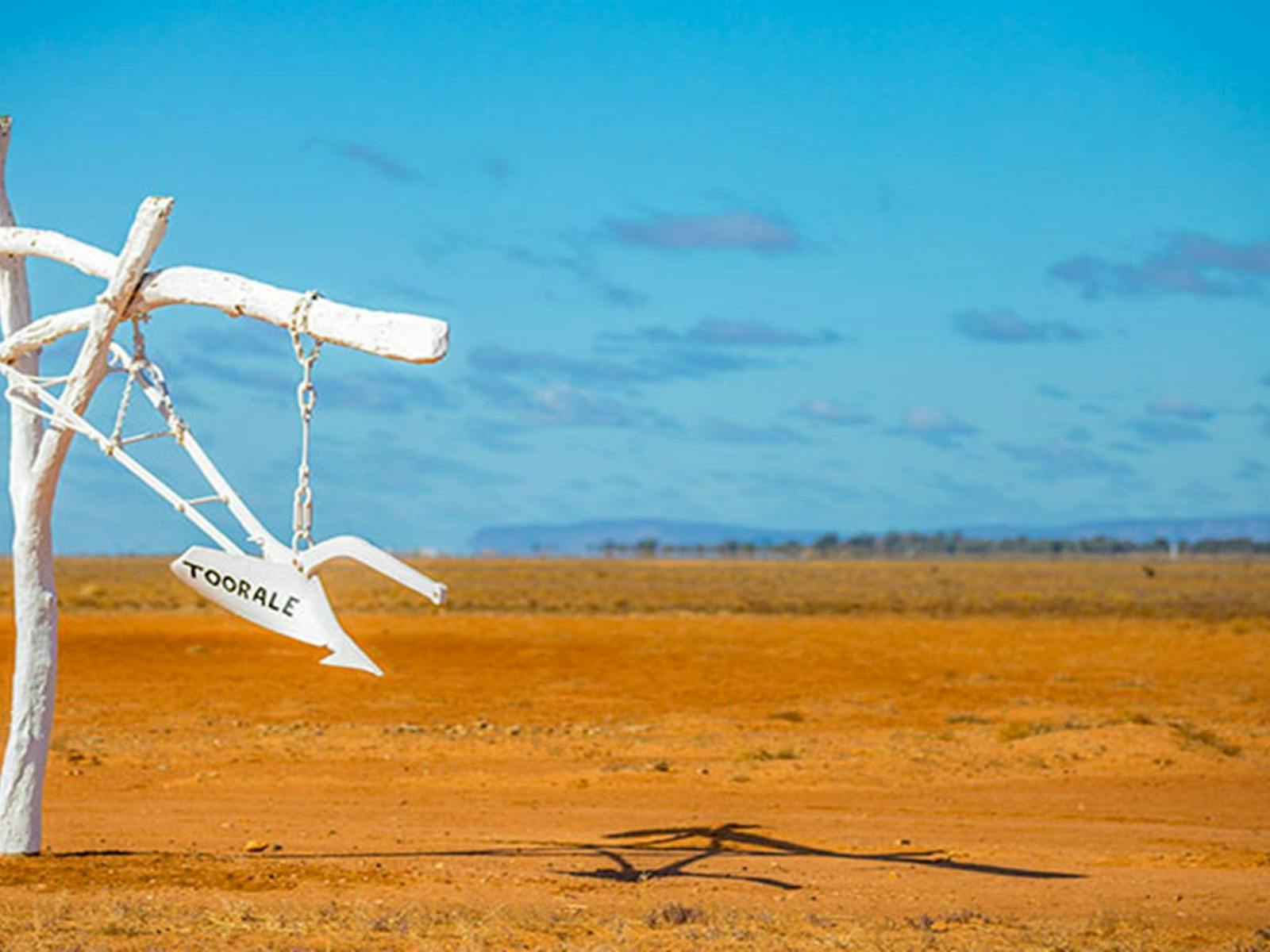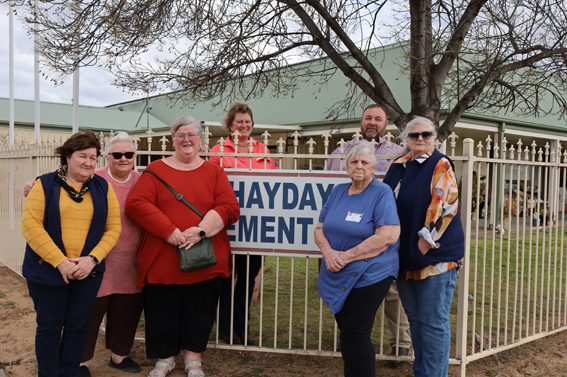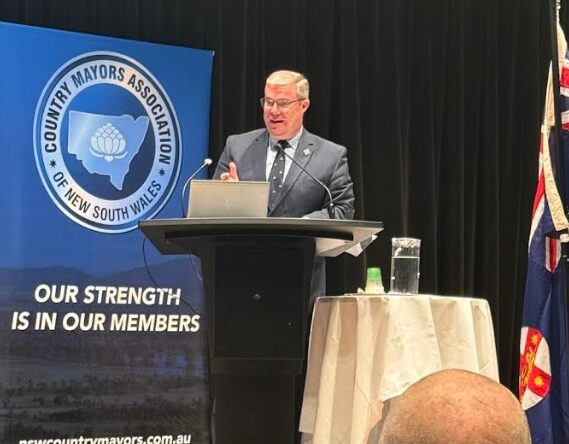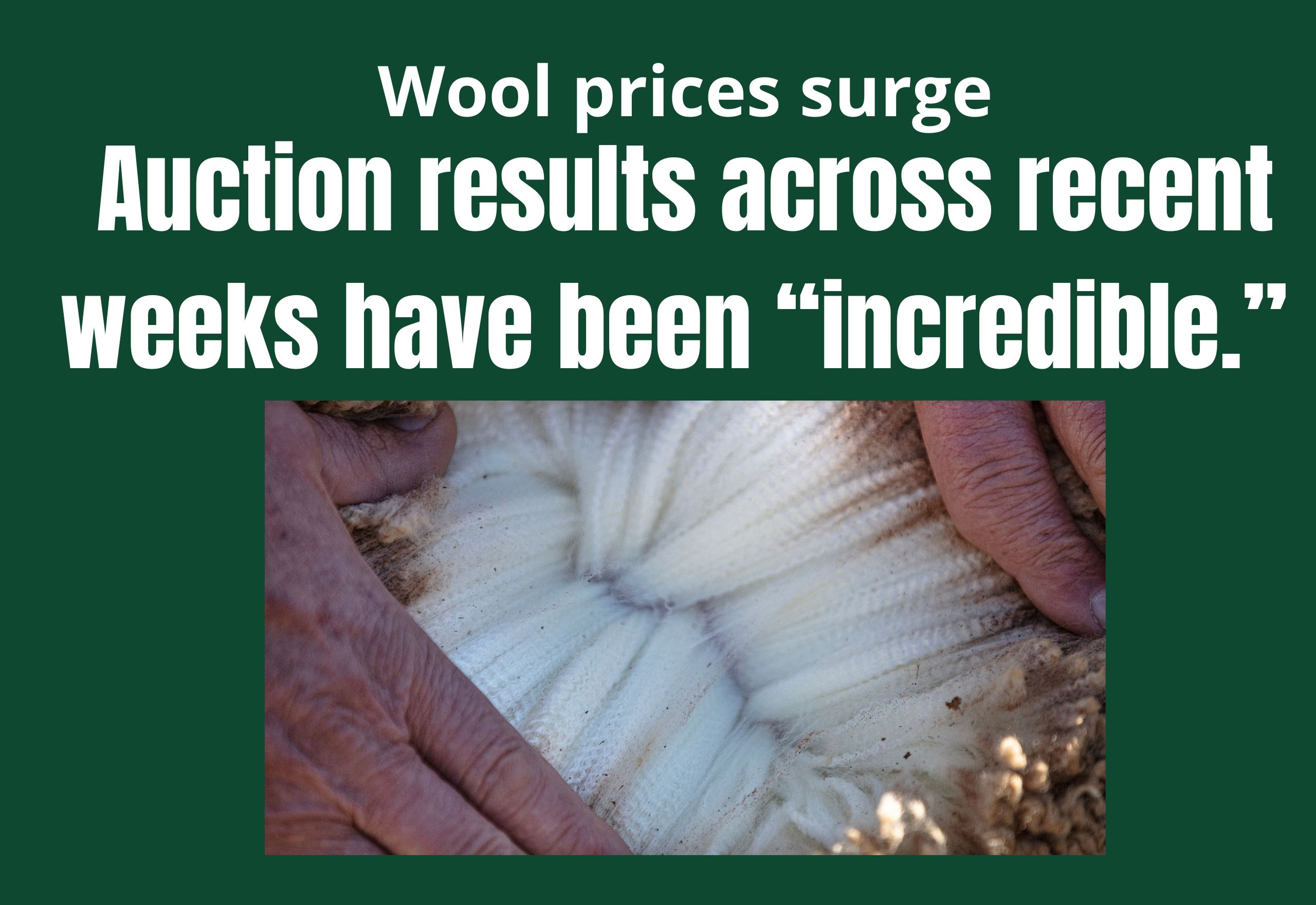Go 45ft underground to hunt the world's rarest gem: Inside the White Cliffs pal pineapple mines
Krista Schade
04 October 2025, 7:00 PM
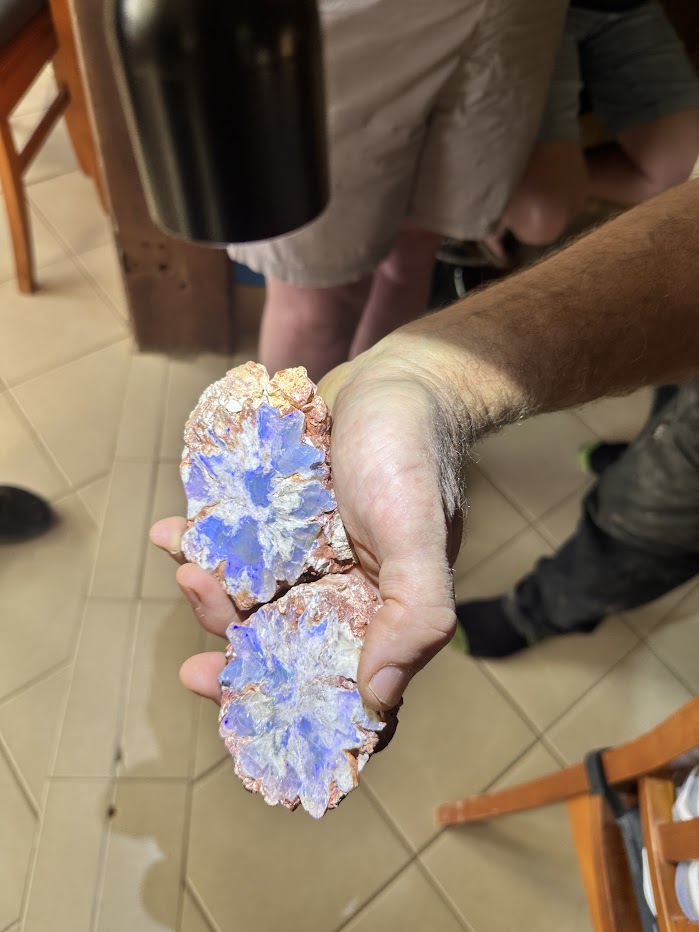
Graeme Dowton (below) has the patter of an experienced yarn teller, which is what makes joining one of his underground opal mine tours so enjoyable.
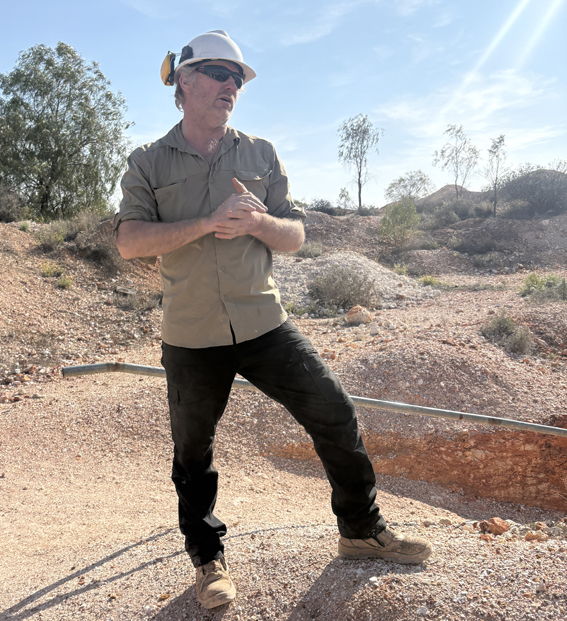
My work mate Kimbery Grabham and I arrived in the outback town of White Cliffs mid-afternoon, just in time to join the group of visitors at the Red Earth café, owned by Graeme and partner Sascha Sullivan, for one of the daily tours.
We gathered round as Graeme introduced us to the history of opal mining in White Cliffs, and stunned us with tales of prying the prized opal from the walls of his mine.
The tiny outback post is the only place where the unique and rare Opal Pineapple formations are found, and Graeme is arguably the master, having found some of the most valuable examples.
Fans of TV show ‘Outback Opal Hunters’ will be familiar with the distinctive, palm-sized Opal Pineapple, but for the rest of us, being able to see them at the start of our tour was a treat. In short, they are spiky formations, that look like, well, pineapples.
Opal Pineapples are one of the rarest mineral specimens on earth, with only a small number being unearthed whole and intact.
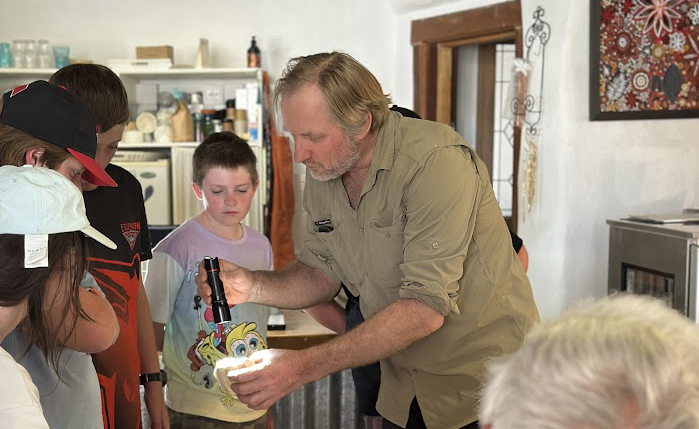
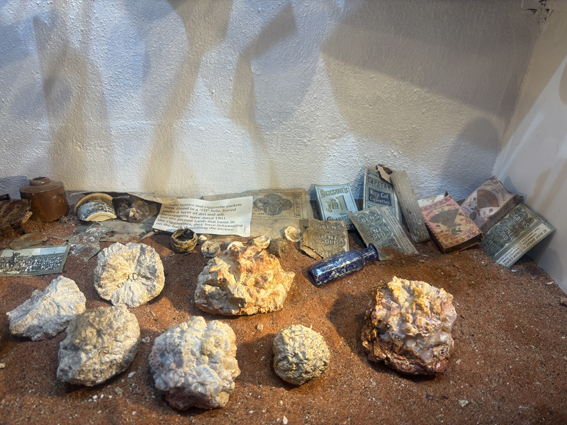
Graeme explained to us (and the other kids in the room) that they formed around 120 million years ago, under frozen conditions. Beginning as a hydrous mineral called Ikaite, as temperatures rose to around 4 degrees Celsius, the water is released left a Calcified webbing.
Elsewhere in the world it is re-calcified to form what’s known as a Glendonite, however in White Cliffs it is then later again replaced during the opal forming event about 40 million years ago, to become known today as the Opal Pineapple.
After Graeme handed around fossils, opalised ancient squid and other treasures from his personal collection, for us to ooh and ahh over, we followed in our vehicles, up the hill, and out onto the infamous White Cliffs opal fields.
“Is anyone likely to go fossicking before they leave town?” Graeme asked. I didn’t want to appear to keen, so I remained silent but it did seem like finding opals was almost a given, so I was relieved when a few spoke up.
“Ok,” Graeme said. “I came out here a while back after some rain.” He gestured around at the white rocky ground we all stood on. “I stepped out of the car and found an opal worth $2,000.”
That got all our attention. Suddenly, everyone’s gaze went down.
“We're looking for glassy pieces that might be red, green, or blue, clear, white, or gray,” Graeme explained. “If I see one, I'll drop a circle around it and let you find it in the circle.”
Now, we didn’t exactly push kids out of the way when our tour guide scraped a small circle in the dirt with the toe of his boot, but let’s just say - the adults definitely crowed in as fast as the kids did.
There was a buzz of excitement but I admit that I still couldn’t tell one rock from the next.
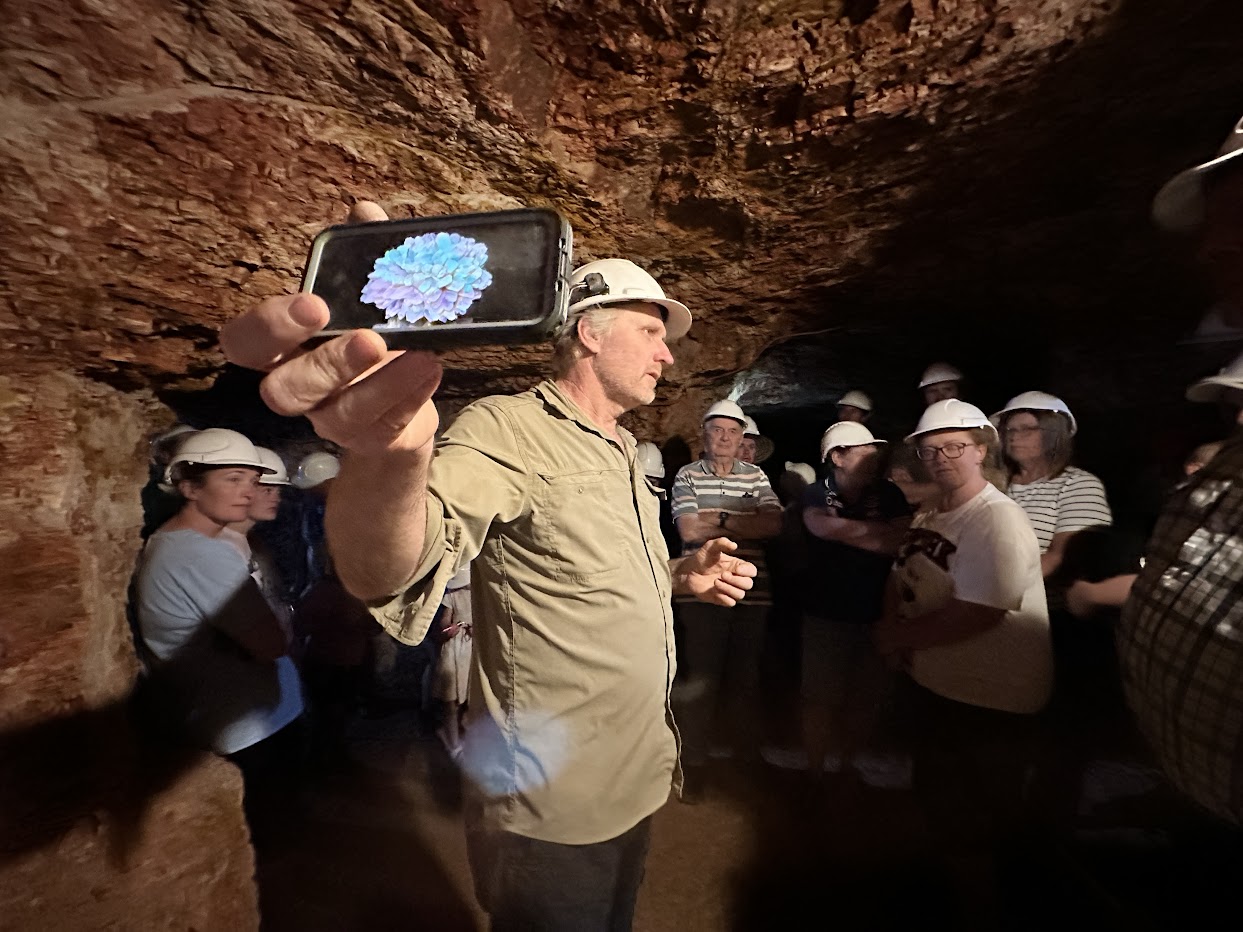
Brief fortune hunt over, we followed Graeme to an opening in the ground, with a sloping path and a metal hand rail to guide us underground. As we descended, I was surprised to realise that the ground was clay. Flaky, slightly damp clay. Not hard rock or stone that needed to be chiselled away. These miners were spending lifetimes underground, in tunnels dug out of damp, wet dirt. That was sobering for a moment, but we pressed on, trekking further underground, powered by faith in the tunnel building skill of the guy in front of us.
To me, every turn or twist of the tunnel looked alike, but Graeme obviously knows the mine like the back of his hand. He showed us ancient stones, unearthed by his digging and stopped to regal us with stories of past finds and triumphs.
In one section of mine, he has left a few damaged examples of Opal Pineapples in the wall, so we could see exactly how they are uncovered. Obviously the precious, valuable ones had long since been removed, and instead we were treated to a high-res iPhone image instead, to fuel our growing opal lust.
At one point, we stood in just the light of one small candle, so we could all imagine how 19th century miners worked in near darkness.
“In that poor candle light, those miners were also listening for their opal,” Graeme explained. “If you have that glassy seam running through the wall and you hit that with a pick, you'll hear that little crunching of broken glass."
“It was also known for miners then even to blow their candle out and just work there in the darkness to try and save themselves a few cents on candles. You would have to imagine back then there was a lot of people who were finding really little to nothing to survive on"
“They lost a lot of good pieces on the floor that people today can still pick up on the surface.” Cue everyone looking at the ground again.
Graeme’s patter was unstoppable. He pointed out fault lines, explained geology and kept up an endless stream of information that was equally parts educational and entertaining.
It would be remiss of me to share too many of his stories, because I suspect his banter has been honed over years of tours, and I don’t want to ruin it for any reader.
Suffice to say, I think you should visit White Cliffs and join a Red Earth tour yourself.
Tours operate daily, and take you 45 feet (15 metres) underground in the mine Graeme still operates as a commercial business.
VISIT OUTBACK NSW
NEWS
RURAL
VISIT HAY

